The Gurgaon real estate market has been on a rollercoaster ride over the past decade. With luxury high-rises, integrated townships, commercial hubs, and metro expansions on the cards, Gurgaon continues to be one of India’s most dynamic and continuously evolving real estate markets. But with prices rising vertically, inventory stock piling up in certain sectors and speculative buying gaining traction again. A important question is making the rounds in the town: Are we heading towards a real estate bubble in Gurgaon?
Understanding a Real Estate Bubble
A real estate bubble is created when property values inflate speedily due to over-demand, speculation and hyper investor activity—frequently not necessarily connected with the property actual value or income-generating potential. Sooner or later, demand subsides results in triggering a steep price correction or crash that hurts investors, home owners and developers consequently.
Gurgaon’s Price Surge: The Current Landscape
In the last 2–3 years, Gurgaon real estate market—particularly sectors in Dwarka Expressway, Golf Course Extension Road and New Gurgaon—have witnessed prices appreciating between 30% to 70%, both in the primary and secondary markets. Limited new launches, strong demand for luxury living and a post-COVID-19 flight to quality drove this sharp appreciation.
Some of the key drivers for this hike are:
- Enhanced Connectivity: Completion of Dwarka Expressway, Southern Peripheral Road (SPR), and future metro initiatives.
- Improvement of Infrastructure: New roads, enhanced sewage and water systems, and government-initiated master planning for sectors such as 76–95.
- Demand for Luxury: Increase in demand for branded residences, particularly from HNIs and NRIs.
- Sparse Supply: Regulatory restraint and consolidation among developers have restricted supply in highest-performing micro-markets.
However, with this precipitate growth, comes challenge: is property price now reaching beyond plausible income multiples and rental returns?
Signs That Suggest a Potential Bubble
Although not conclusive, there are indications that suggest overheating in some sectors of Gurgaon real estate market:
- High Investor Activity: Investor-driven bookings (as opposed to end-user acquisition) have been rising, especially in new projects along Dwarka Expressway and SPR.
- Soaring Launch Prices: Some new developments are being launched at a premium of ₹2,000–₹4,000 per sq. ft. over 2021–22 levels, with no significant increase in cost or amenities.
- Low Rental Yields: While there are high capital values, rental yields are between 2.5%–3.2%—well below global norms, indicative of speculative pricing.
- Delayed Possession and Approvals: In certain under-construction developments, regulatory approval and construction time delays are creating uncertainty among purchasers.
- Unrealistic Resale Prices: Projects are getting quoted between 30–40% premiums months after launch, driven largely by brokers and short-term flippers.
What Can Halt the Bubble from Bursting?
While some indicators are screaming red, there are fundamentals too to work in Gurgaon’s favor:
- Job Creation: Gurgaon is still a commercial hub with MNCs, startups, and IT/ITES companies growing, creating actual housing demand.
- Urban Migration: Ongoing entry of professionals from Tier-II and Tier-III cities guarantees demand for high- and mid-end housing.
- Regulatory Framework: RERA, tighter project approvals, and enhanced financial discipline among leading developers lower systemic risk.
- Tiered Micro-markets: Not the whole of Gurgaon is overheating. While some sectors exhibit speculative behavior, others—such as affordable housing tracts in Sector 102–115—are stable and end-user driven.
Expert Outlook: Bubble or Boom?
Most property analysts are of the view that Gurgaon real estate is not yet in a typical bubble, but the market is certainly heading into a correction phase in certain areas. A soft landing or price freeze rather than a crash is likely over the next 12–24 months, particularly if interest rates do not come down or investor appetite slows.
Some predictions:
- 5–10% price correction in investor-dominant micro-markets
- Accumulation of unsold stock in 2025–26 if supply exceeds absorption
- Larger movement towards plotted development and mid-income housing
Conclusion: Proceed with Caution
Although Gurgaon remains a long-term growth prospect given its economic, infrastructural and urban benefits. investors and buyers must exercise caution. Stay away from speculative purchases, evaluate developer reputation and prioritize livability over appreciation. Invest with wisdom. The real estate market favors patience and prudence—rather than panic purchases or herd behavior.
Disclaimer
The information provided in this article is for general awareness and informational purposes only. Project details such as pricing, availability, possession timelines, and amenities are subject to change by the respective developers. Buyers are strongly advised to verify RERA registration, legal clearances, updated pricing, and actual site conditions before making any investment decision. This article does not constitute financial or legal advice.


